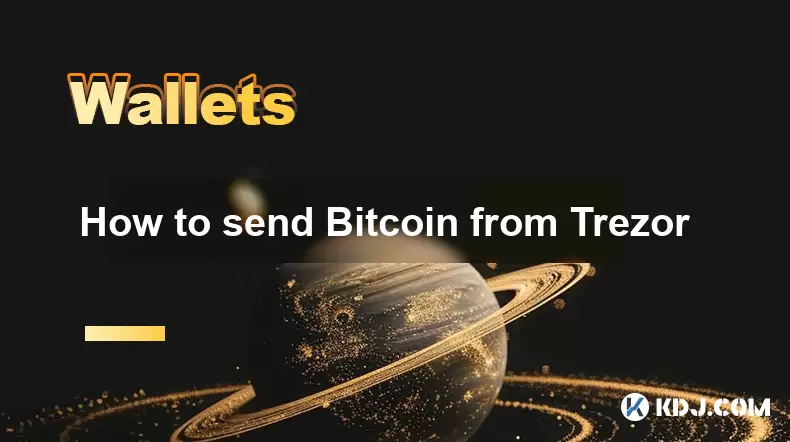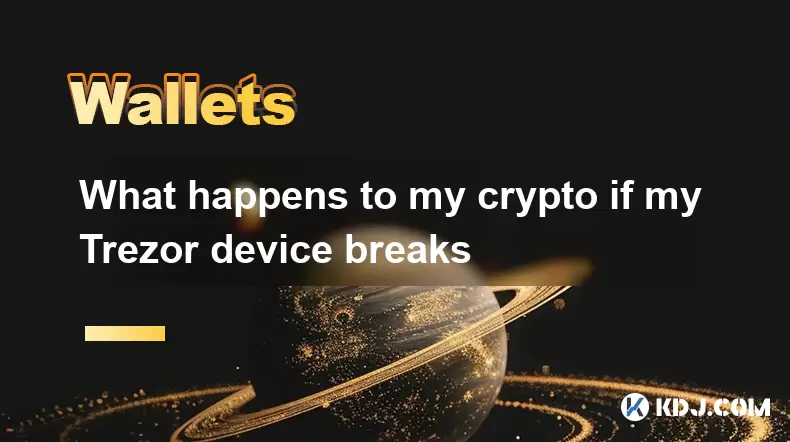-
 Bitcoin
Bitcoin $121,713.8152
3.06% -
 Ethereum
Ethereum $3,041.6437
2.42% -
 XRP
XRP $2.9499
5.12% -
 Tether USDt
Tether USDt $1.0000
-0.02% -
 BNB
BNB $704.1034
1.75% -
 Solana
Solana $166.7523
2.91% -
 USDC
USDC $0.9999
0.00% -
 Dogecoin
Dogecoin $0.2052
2.90% -
 TRON
TRON $0.3011
-0.47% -
 Cardano
Cardano $0.7461
1.42% -
 Hyperliquid
Hyperliquid $48.3650
1.12% -
 Stellar
Stellar $0.4548
3.52% -
 Sui
Sui $3.9527
14.50% -
 Chainlink
Chainlink $16.3300
5.87% -
 Bitcoin Cash
Bitcoin Cash $511.8016
1.25% -
 Hedera
Hedera $0.2395
1.40% -
 Avalanche
Avalanche $21.6526
2.06% -
 UNUS SED LEO
UNUS SED LEO $9.0073
-0.23% -
 Shiba Inu
Shiba Inu $0.0...01369
2.61% -
 Toncoin
Toncoin $3.0335
0.66% -
 Litecoin
Litecoin $96.6206
1.72% -
 Monero
Monero $355.1673
5.35% -
 Polkadot
Polkadot $4.0839
2.47% -
 Uniswap
Uniswap $9.3282
9.72% -
 Dai
Dai $0.9997
-0.01% -
 Ethena USDe
Ethena USDe $1.0004
-0.04% -
 Pepe
Pepe $0.0...01248
1.07% -
 Bitget Token
Bitget Token $4.4642
2.68% -
 Aave
Aave $325.0626
6.81% -
 Bittensor
Bittensor $418.1482
6.22%
How to send Bitcoin from Trezor
Trezor is a secure hardware wallet that allows you to safely send Bitcoin by keeping private keys offline and requiring physical confirmation for transactions.
Jul 10, 2025 at 12:49 pm

What is Trezor and Why Use It for Sending Bitcoin?
Trezor is a hardware wallet developed by SatoshiLabs, designed to securely store cryptocurrencies like Bitcoin. Unlike software wallets, which are vulnerable to online threats, Trezor keeps your private keys offline, significantly reducing the risk of theft. When it comes to sending Bitcoin, using Trezor ensures that transactions are signed securely without exposing your private keys to the internet. This makes it an ideal choice for users who prioritize security over convenience.
Setting Up Your Trezor Device
Before you can send Bitcoin from your Trezor wallet, ensure that your device is properly set up. Connect your Trezor to your computer using the provided USB cable and visit Trezor.io/start to begin the setup process. Follow the on-screen instructions to install the Trezor Bridge, which allows communication between your device and the Trezor Wallet interface. Once installed, create a new wallet or restore one if you already have a recovery phrase. Make sure to store your recovery phrase in a secure location — this is crucial for recovering your funds in case your device is lost or damaged.
Accessing the Trezor Wallet Interface
To send Bitcoin, open your web browser and go to wallet.trezor.io. Ensure that you're using a trusted network and device. After connecting your Trezor and entering your PIN (if applicable), the wallet interface will load automatically. The dashboard displays your available balance, transaction history, and options for sending and receiving assets. Locate the Bitcoin section under the "Assets" tab and click on it to proceed with the transaction.
Preparing to Send Bitcoin
Click the Send button within the Bitcoin section to initiate the transfer. A new window will appear prompting you to enter the recipient's Bitcoin address and the amount you wish to send. Double-check the address to avoid any typos — incorrect addresses may result in irreversible loss of funds. You can also adjust the transaction fee depending on how quickly you want the transaction to be confirmed. Higher fees generally mean faster confirmations, while lower fees might delay processing times. Always verify the total amount being sent, including the fee, before proceeding.
Confirming and Finalizing the Transaction
After filling in all necessary details, click Continue. Your Trezor device will display the transaction information for verification. Use the physical buttons on your Trezor to navigate through the details and confirm the transaction. This step is critical as it ensures that even if your computer is compromised, the transaction cannot be altered without your physical approval. Once confirmed on the device, the transaction will be broadcasted to the Bitcoin network. You can track its progress using the transaction ID (TXID) provided in the wallet interface.
Troubleshooting Common Issues When Sending Bitcoin
Occasionally, users may encounter issues when trying to send Bitcoin from their Trezor. If the wallet interface doesn’t load, check if the Trezor Bridge is running correctly and your device is properly connected. For failed transactions, ensure that you've entered the correct recipient address and selected the appropriate network (Bitcoin mainnet, not testnet). If the transaction gets stuck due to low fees, you may need to wait for confirmation or use a service like Replace-by-Fee (RBF) if enabled. Always refer to Trezor’s official support documentation or reach out to their customer service for assistance with more complex problems.
Frequently Asked Questions
Q: Can I cancel a Bitcoin transaction once it's been sent from my Trezor?
A: No, Bitcoin transactions are irreversible once broadcasted to the blockchain. If you’ve sent funds to the wrong address, contact the recipient directly to request a return.
Q: Do I need an internet connection to sign a transaction on Trezor?
A: While the Trezor device itself does not require an internet connection to sign a transaction, you must connect it to a computer with internet access to broadcast the signed transaction to the Bitcoin network.
Q: How do I check if my Bitcoin transaction was successful?
A: Use the transaction ID (TXID) provided in the Trezor Wallet interface and paste it into a Bitcoin block explorer such as blockchair.com or blockchain.com to monitor its status.
Q: Can I send Bitcoin from Trezor to another wallet type, like Electrum or Blockchain.com?
A: Yes, you can send Bitcoin from your Trezor to any valid Bitcoin address, regardless of the receiving wallet type. Just make sure to double-check the recipient address for accuracy.
Disclaimer:info@kdj.com
The information provided is not trading advice. kdj.com does not assume any responsibility for any investments made based on the information provided in this article. Cryptocurrencies are highly volatile and it is highly recommended that you invest with caution after thorough research!
If you believe that the content used on this website infringes your copyright, please contact us immediately (info@kdj.com) and we will delete it promptly.
- Bitcoin, Michael Saylor, and the Relentless Pursuit: A Deep Dive
- 2025-07-14 20:50:12
- BONK's Wild Ride: Grayscale Buzz and Volume Spike - What's Next?
- 2025-07-14 21:10:46
- Week Review, July 7-13, Highlights: Crypto Market Surges to New Heights
- 2025-07-14 21:10:46
- Pi Network's Price Puzzle: Stability Amid Altcoin Recovery – What's Next?
- 2025-07-14 21:17:24
- ADA Eyes $1.90, HBAR & ONDO: Bullish Breakouts on the Horizon?
- 2025-07-14 21:30:11
- Bitcoin, Crypto, and the Smartest Bet: Navigating the Digital Frontier
- 2025-07-14 20:30:11
Related knowledge

What is a hardware wallet's secure element
Jul 11,2025 at 10:14pm
What is a Hardware Wallet's Secure Element?A hardware wallet is one of the most secure ways to store cryptocurrencies. Unlike software wallets, which ...

What is the difference between a custodial and non-custodial wallet
Jul 13,2025 at 03:21am
Understanding Wallet Types in CryptocurrencyIn the world of cryptocurrency, digital wallets play a crucial role in managing and securing assets. A wal...

How to add a new network to MetaMask
Jul 11,2025 at 11:42pm
Understanding the Need to Add a New NetworkWhen using MetaMask, a popular Ethereum-based cryptocurrency wallet, users often need to interact with diff...

How to add Ethereum L2 networks like Arbitrum to Trezor
Jul 11,2025 at 12:36am
What Is Ethereum L2 and Why Add It to Trezor?Ethereum Layer 2 (L2) networks, such as Arbitrum, are scaling solutions designed to reduce congestion on ...

What happens to my crypto if my Trezor device breaks
Jul 11,2025 at 01:49pm
Understanding Hardware Wallet FailureWhen you store cryptocurrency in a Trezor hardware wallet, the private keys are kept offline, offering a high lev...

How to find a specific receiving address on my Trezor
Jul 09,2025 at 10:36pm
Understanding the Purpose of a Receiving AddressA receiving address is a unique identifier used in blockchain networks to receive cryptocurrency. Each...

What is a hardware wallet's secure element
Jul 11,2025 at 10:14pm
What is a Hardware Wallet's Secure Element?A hardware wallet is one of the most secure ways to store cryptocurrencies. Unlike software wallets, which ...

What is the difference between a custodial and non-custodial wallet
Jul 13,2025 at 03:21am
Understanding Wallet Types in CryptocurrencyIn the world of cryptocurrency, digital wallets play a crucial role in managing and securing assets. A wal...

How to add a new network to MetaMask
Jul 11,2025 at 11:42pm
Understanding the Need to Add a New NetworkWhen using MetaMask, a popular Ethereum-based cryptocurrency wallet, users often need to interact with diff...

How to add Ethereum L2 networks like Arbitrum to Trezor
Jul 11,2025 at 12:36am
What Is Ethereum L2 and Why Add It to Trezor?Ethereum Layer 2 (L2) networks, such as Arbitrum, are scaling solutions designed to reduce congestion on ...

What happens to my crypto if my Trezor device breaks
Jul 11,2025 at 01:49pm
Understanding Hardware Wallet FailureWhen you store cryptocurrency in a Trezor hardware wallet, the private keys are kept offline, offering a high lev...

How to find a specific receiving address on my Trezor
Jul 09,2025 at 10:36pm
Understanding the Purpose of a Receiving AddressA receiving address is a unique identifier used in blockchain networks to receive cryptocurrency. Each...
See all articles

























































































